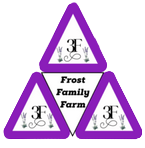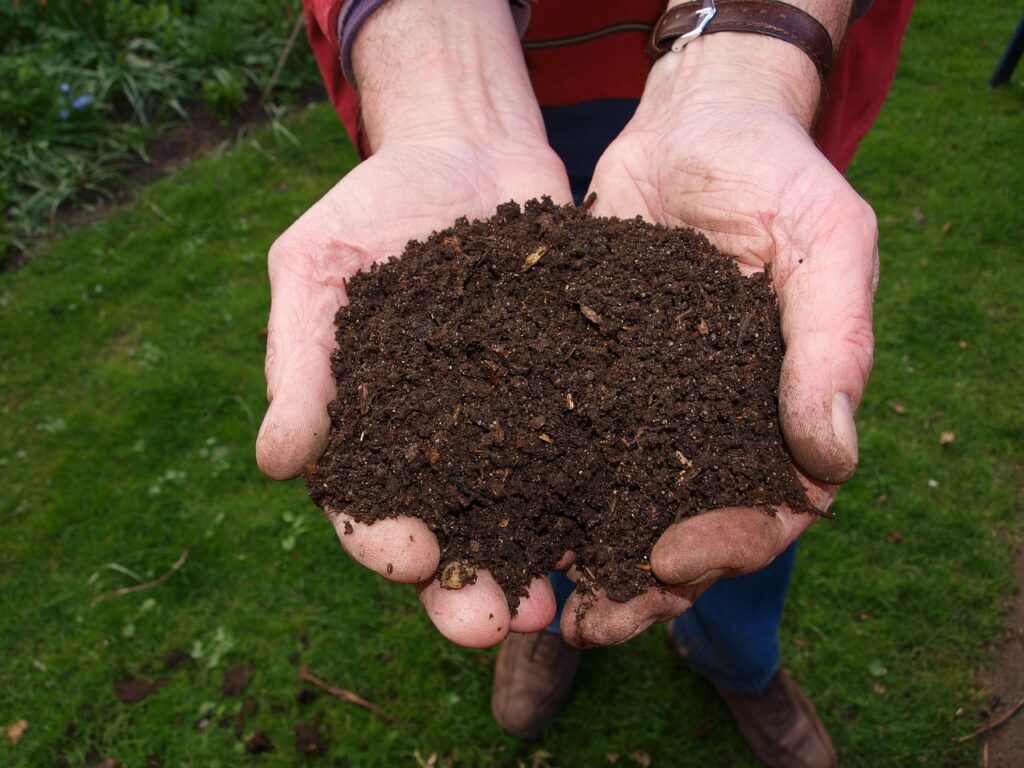Background
History
Composting has been utilized in farming for thousands and thousands of years all the way back to B.C. when it was first recorded. Written on clay tablets, early civilizations that started farming would incorporate some form of animal manure or food waste into the soils. Early setters, in present day America, learned from the Native Americans that placing a fish head into the ground before planting would provide nutrients for crops. This method has been improved upon throughout the centuries, but the principals remain the same. Add amendments into the soil to promote crop health, yield, and stability. So, it is no surprise that these methods are still used today.
Purpose
What is the purpose of compost? Compost provides natural sufficient nutrients to the soil, so crops grow to the healthiest and fullest potential (which in turn adds nutrient-rich food to our bodies). It can be tilled into the ground using hand tools or machines into the top layers of soil. It can also be placed on the top of soil and blended in through time and weather conditions (e.g., rain water). This enables even tiny starter plants to gain sufficient nutrients. At Frost Family Farm, we add it to our products, such as blueberries, fruit and nut trees, and especially our garlic!
Soil Food Web
Materials
The composting method is adding “green” and “brown” material to introduce microorganisms, bacteria, and fungi into the compost. Green material consists of anything that is well…green, such as green weeds, grasses, food waste, and hay, which bacteria will decompose. Fungi (We will have a separate blog for fungi) decompose higher carbon waste into the soil, producing nutrients. So, we want to add brown material such as woody material (sticks, cardboard, straw). All three microorganisms, bacteria, and fungi, release enzymes to break down this matter into nutrients. Bacteria enzymes are more on the alkaline side of the PH scale, and fungi are more on the acidic side. This is critical to know how much material is needed to fluctuate the PH levels.
Food Web
There also needs to be a food cycle (soil food web) in the compost to eat the bacteria and fungi to produce working nutrients for your plants. Protazoa (ameba, flagellate, and ciliate) and nematodes (fungal, bacteria, nematode, and root feeders) break down the nutrients for the plants to absorb. Bacteria and fungi break down the material into raw material (stored in their bodies), and protozoa and nematodes consume the bacteria and fungi and provide nutrients so plants can absorb them. There are numerous other levels of the soil food web, but these are the most important to know starting off.
Different Methods
Many Methods
Three main methods or “types” of compost can be utilized (there are numerous other methods). They have specific challenges and benefits: vermicompost ( utilizing worms to break down materials), thermophilic compost (high temperature composting), and static compost. It is best to layer the piles by alternating green and brown materials. Aerobic (with air) and anaerobic (without air) are two key terms (among many) that are critical for compost life. Essentially, it is the air exchange so all those microorganisms, bacteria, and fungi will live and not die. This is why turning your compost piles to introduce air throughout the compost is vital.
Fertilizers
Synthetic fertilizers contain a lot of salts which can be harmful to the overall soil, making the ground dependent on these fertilizers. So, natural composting is essential to reduce dependency on synthetic fertilizers and salt in the soil. This is a brief blog about compost. There is a lot of information that can be broken down into more in-depth blogs. If you want to know more, email us on our contact page. We will be happy to add additional blogs about compost. We will be adding review items that will be beneficial to composting. To learn more, visit our item review page.
References:
Callis, S. (n.d.). Another Short History of Composting. Compost Foundation. Retrieved February 10, 2023, from https://www.compostfoundation.org/Portals/2/Documents/Another%20Short%20History%20of%20Composting-1.pdf
Hinke, T.. What’s Brewing- Producing Great Compost for Great Compost Tea (WB03). Farm Small Farm Smart. December 1, 2021. https://open.spotify.com/episode/1Wv5UhNHzCgCha8VBnKzDC?si=vs7KzEx7Q0-eOpmedKELWA

